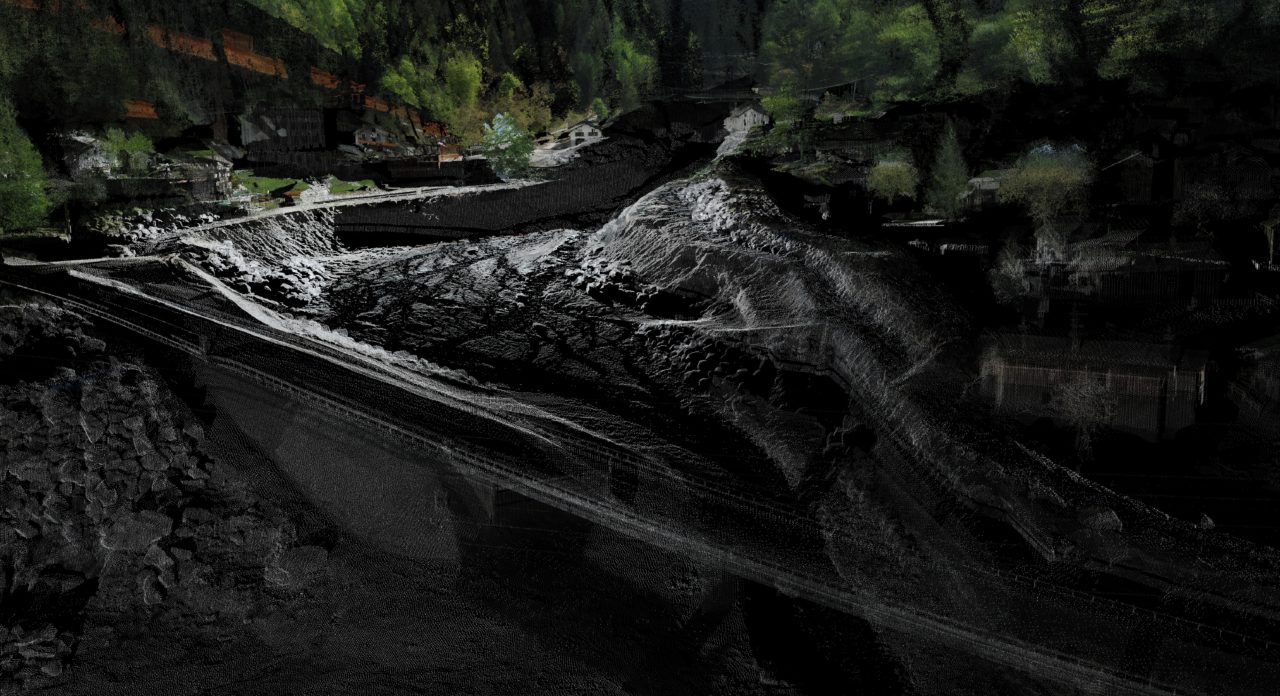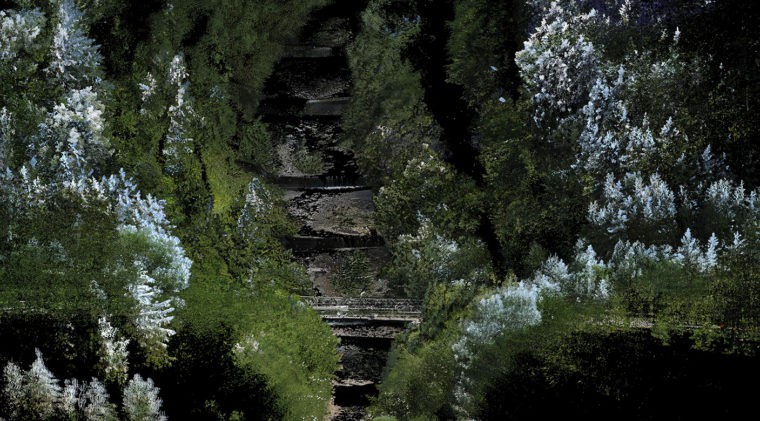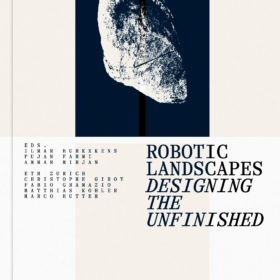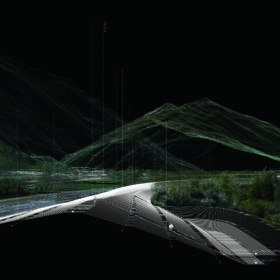
The effects of climate change are leading to an increase in extreme natural events and danger in Alpine landscapes in Switzerland. Today, the Swiss territory is already being hit more often by floods, debris flows, and landslides. This increase in natural risks tells us about the fragile balance that exists in our ecosystems. Two centuries of river remediation projects in mountain streams and major rivers in Switzerland have led to a false sense of security.
While recent projects propose to reinstate river corridors to their natural dimensions, it is still unclear how the continued fluctuation of weather conditions will affect a safe and sustainable ecosystem. The unpredictability of future events calls into question current ground- and river construction practices that are based on past experiences. It is therefore difficult to take informed and regenerative action against any of these challenges. Instead, designing with change and adaptability in mind may provide a resilient strategy for dynamic river landscapes.

As part of a collaboration between Professor Girot’s Chair of Landscape Architecture, Gramazio Kohler Research, and the Robotic Systems Lab from the ETH Zurich and the WSL, advanced topographic strategies for dynamic natural environments were tested. Part of this work is published in Robotic Landscapes – Designing the Unfinished by Park Books, where the authors shed light on a series of groundbreaking experiments in this interdisciplinary collaboration between landscape design, environmental engineering, and robotics that aims to make landscape architecture adaptive, sustainable, and ecological in the long term.
How to Best Adapt to Chronic Natural Phenomena?
The most urgent concern the design research studio was confronted with in an alpine territory was not the strengthening of existing flood protection measures in the region, but instead how to best adapt to chronic natural phenomena and prevent the most damaging impact while creating new open spaces – a riverscape worth experiencing and living along. To tackle these challenges, numerous opportunities emerged offering topographically resilient structures that invite residents to reconnect with river spaces, rather than fearing it. We asked the question whether it is possible to coexist with nature’s hazards while preserving the inherent complexity and beauty of the natural landscape? Rehabilitating the current protective infrastructure barriers has become an obsolete endeavour; instead, we must consider the impact of restoring the river space to its natural morphology by removing existing barriers. Alternate resilient topographic structures from local sand and rocks proved effective in responding to ongoing natural processes and recurring calamities. Other than solely absorbing and redirecting the inherent energies of the natural phenomena occurring on the site, the overall intent behind the structures was to reclaim the river space and form an open and permeable landscape for ecologies of any kind.
Fujan Fahmi is an architect and urban planner and has been directing the interdisciplinary MØFA Studio in Zurich since 2017. Her work covers a wide range of interventions at the intersection of urban planning and landscape design. She is a research and teaching associate in Landscape Architecture, chaired by Christophe Girot, at D-ARCH, ETH Zurich.
Ilmar Hurkxkens is a postdoctoral researcher at Gramazio Kohler Research (GKR), and lecturer in the MSc in Landscape Architecture at ETH Zurich. He is co-founder of the design research laboratory LANDSKIP and of Ungenau Robotics. Prior to joining GKR, he worked at Christophe Girot’s Chair of Landscape Architecture, at D-ARCH, ETH Zurich.

